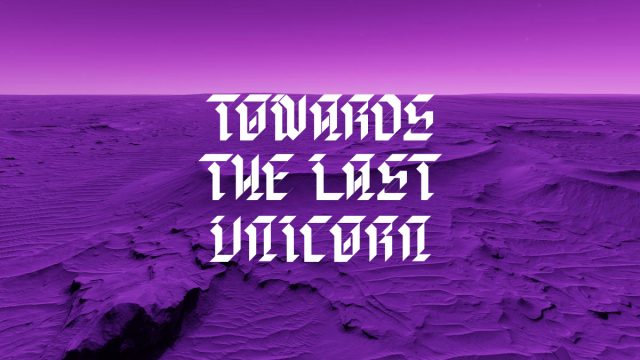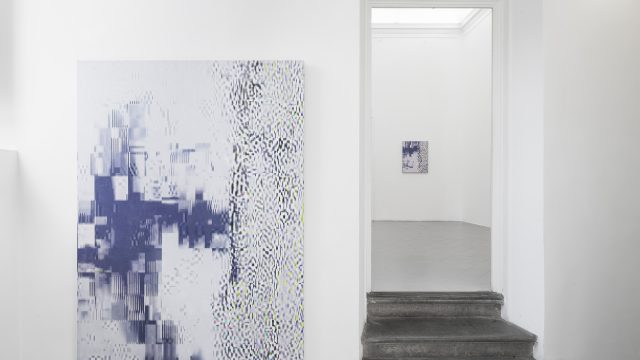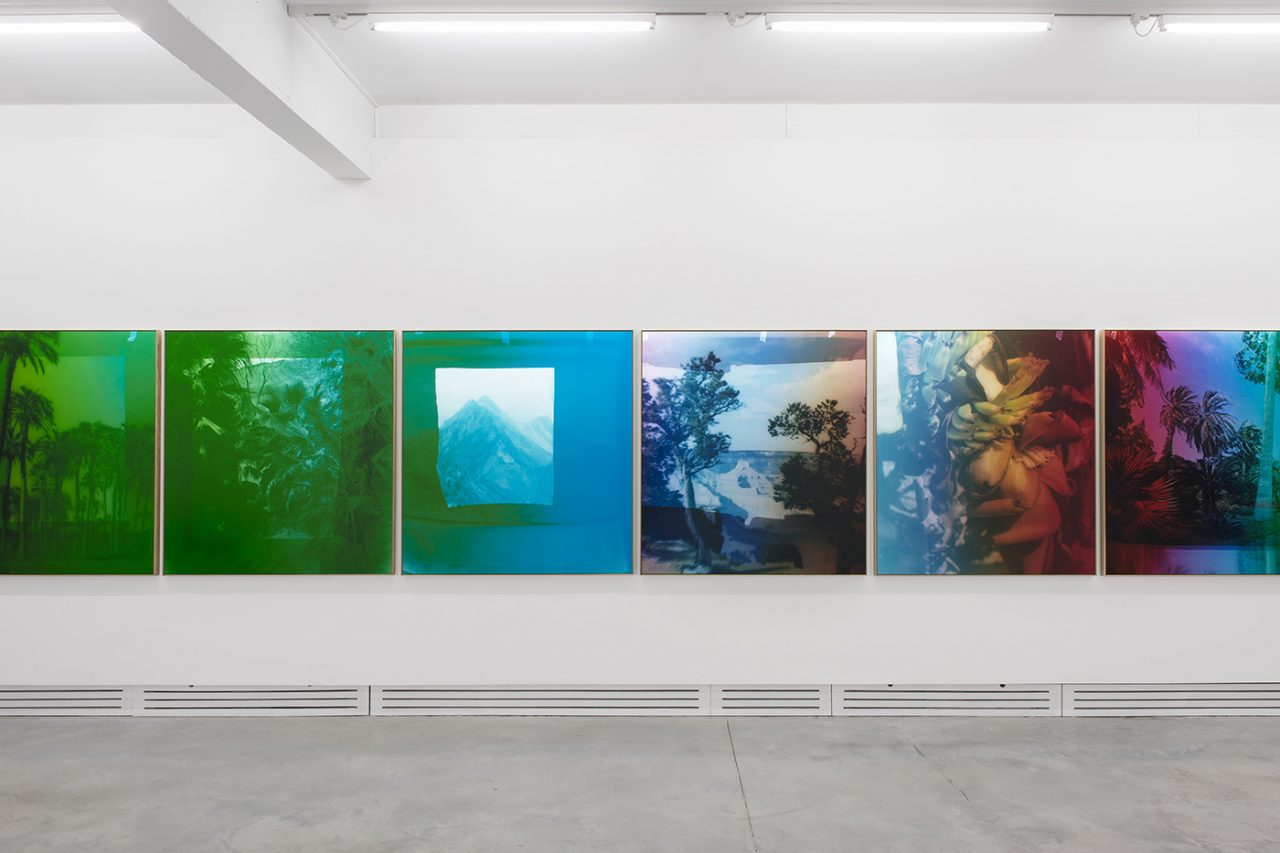
Enrico Piras & Alessandro Sau: How did Island originate?
Emmanuelle Indekeu: Island is the initiative of two artists, Sébastien Bonin and Brice Guilbert who both live and work in Brussels. They started the project five years ago with the idea of creating a space to invite friends and artists they liked to show their work. They would give the keys to the artist, that would help hanging the works and buying some beers. It was all very cowboy style. I came into the game later when they asked me if I wanted to take care of their “baby” as they needed more time to work on their practice.
EP & AS: Could you name some of the highlights since the opening of the space?
EI: Island has already moved three times. Each time to a very different kind of venue and to different neighbourhoods of Brussels. The first show that opens in a new place is always a highlight. Island first opened in the “matonge” neighbourhood. ‘Des Chevals’ was the first exhibition at the second space, at rue du mail, with artists Dimitri Carez, Frédéric Dumoulin, Dieter Durinck, Pierre Konder, Julien Meert, Tim Onderbeke, Laurent Veldekens. It was a group show curated by Sébastien Bonin in June 2014. The third location was rue Van Eyck (where I started working) and finally, we opened our brand new space in the “Quartier Jourdan” in September with ‘Le désespoir des singes‘ a Sébastien Bonin solo show.
In November 2013, Island invited Devrim Bayar, curator at Wiels, with her project ‘Les salons du salon’. She curated some talks, book presentations, screenings with curators and artists such as Virginie Devillez, Nicolas Trembley, Max Küng, Harold Ancart, Benoît Platéus, Audrey Cottin and Vaast Colson. I still have great echoes of it.
I loved working on so many projects and exhibitions we hosted, but I can say that some encounters were very special as for Brice Guilbert’s solo show ‘Piton Diab’ where he mixed paintings and Creole music. Brice decided to invite Françoise Vergès for a talk, it was a great discovery for me.
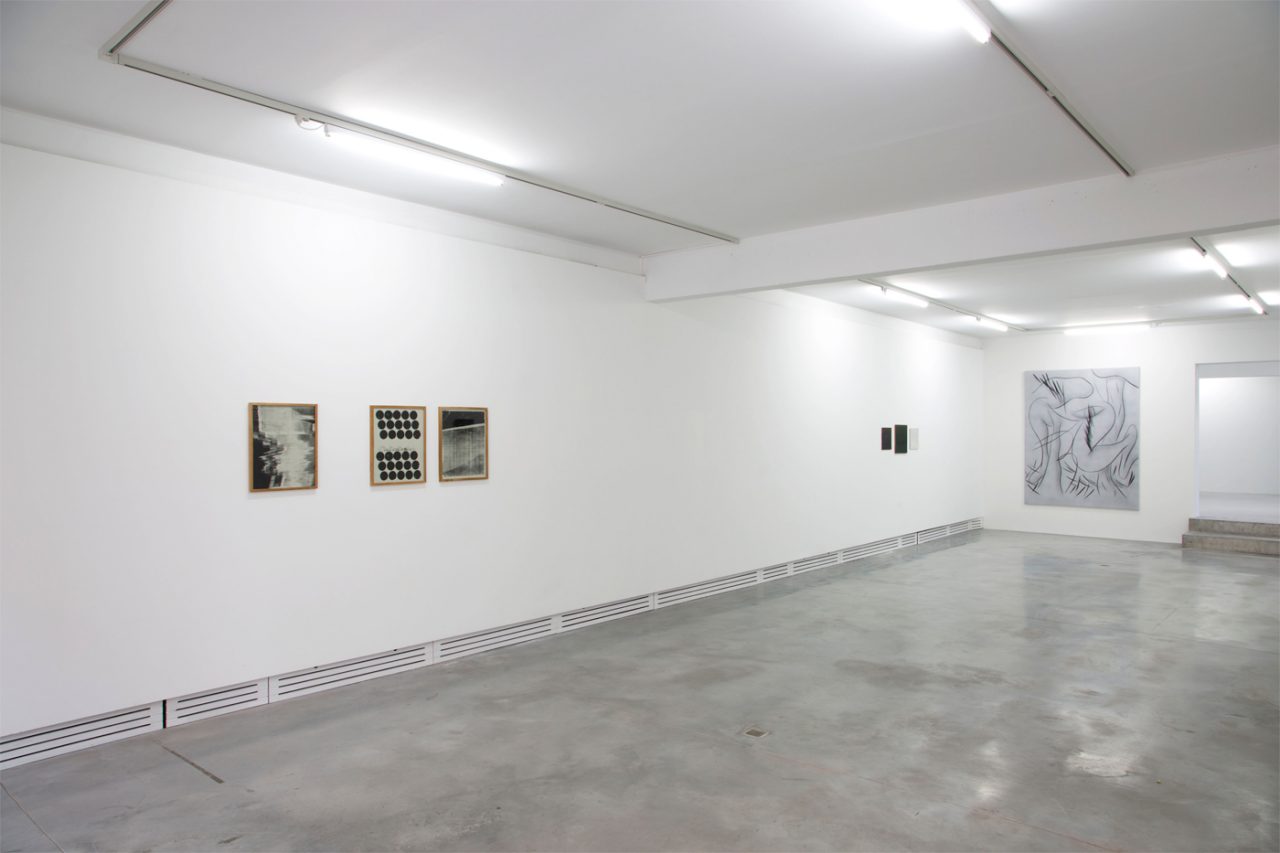
Dimitri Carez, Frédéric Dumoulin, Dieter Durinck, Pierre Konder, Julien Meert, Tim Onderbeke, Laurent Veldekens
EP & AS: As an artist run space, how does Island run and function in terms of its organizing structures?
EI: During 4 years it ran, as I said before, in a cowboy-like way, as the guys like to name it. Island offered some walls and some beers to the artists. Each guest was free to do what he/she wanted, either to curate or exhibit their own work. Island’s team would help on the hanging if the artists wanted to. It was a bit “à la carte” as each personality and each project is different. The program was quite flexible. There was no permanence at the space but again we had freestyle opening hours depending on the availability of the artists and of the team. Island had some generous supporters who helped with the spaces, some deals were made by offering art pieces, there was a lot of ingenuity, improvisation and resourcefulness. Without any money Island successfully organised many projects and invited numerous artists. When I started working at Island, we defined some opening hours and we gave more structure to the project. For almost one year now Island receives some subventions and has a few sponsors. It is still very precarious and we still work as volunteers but a in very familial environment. Due to these subventions we now have our program planned a year ahead. So this changed a lot the organisation of Island. Something that kept Island alive was the artist’s dedication who always gave a lot of themselves helping us to paint and restore the spaces.
EP & AS: How has your program evolved or shifted since the opening? Do you have any particular interest in media or discourses at the moment?
EI: The program has always focused on young and emerging artists, mainly from or living in Belgium. We like to go see schools juries and follow the evolution of the works. The artist is the core of everything and we want them to be able to experiment in our space as there are no peculiar aims. We are now evolving and inviting other spaces we think have an interesting approach and program. We have some projects in collaboration with La Colonie (the space opened by Kader Attia in Paris), with Montecristo (an artist run space run by Enrico Piras and Alessandro Sau, in Italy) and others that are still in negotiation. The same happens with young curators. The idea is to give spotlights to artists and projects who deserve more attention than they already have, or to give a platform for artists and projects from outside Belgium in order to make them known here. We are not attached to any particular medium. I try to include videos, in situ projects and performance quite often, as it might be not as represented in commercial galleries. Island’s program is quite diverse, so in 2017 we’ve had paintings, sculptures, screenings, performances and some in situ projects with for example Patrick Carpentier’s show, ‘Roulez moins vite vous pourriez écraser Roland Barthes’. The same may be said of discourses, I favour diversification and might even show something that I might not completely agree with if I think it is interesting.

EP & AS: Have you collaborated in the production of some events with any other space or gallery? Do you believe there is a need for a stronger network and new events that connect and support independent spaces?
EI: We work with different kind of spaces and organisations. It goes from art schools like La Cambre, where I’m going to give a workshop that will lead to an exhibition with the students in September 2018 in Island, to galleries such as Rodolphe Janssen, Albert Baronian or Clearing. I definitely think there’s a need for stronger network. We are part of an artist run space alliance called Artist-Run Alliance. This organisation aims to share knowledge and experience. There is an organisation in Brussels called The Walk, which is an agenda of all the independent places such as artist run spaces in the city. I find this kind of initiative really important for the structure of the cultural network. As I said in the previous question, exchanges and collaborations between spaces are really important. I’m going to Italy actually this weekend to visit a residency with which we might collaborate.
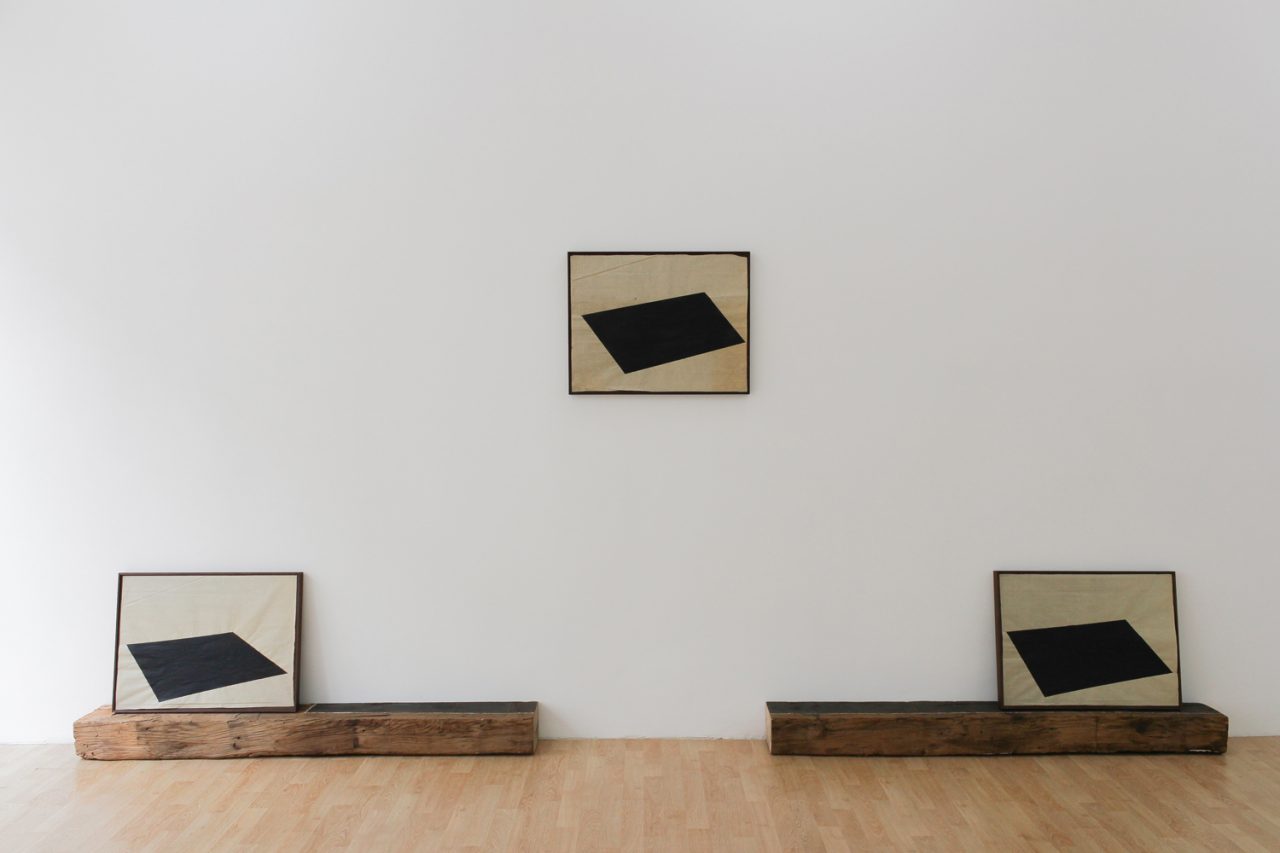
EP & AS: Is there any external funding or support to help keeping independent art spaces alive?
EI: Many actually! But even if there are lot of different public fundings in Belgium, it is quite difficult to get their support. We just received the support of the Roi Baudoin Foundation and we already work with Fédération Wallonie-Bruxelles, they are quite active in the cultural sector in those regions. I think that if you are not aware of the different structures that exist it is quite difficult to find them, know about them and to be aware of what they do. Additionally, another way to work is with private funding. Some companies support art and culture, as for others you need to convince them. We are also elaborating a program for Island friends, so people who want to have more insights in art can join Island’s club and be invited to studio visits, exhibitions tours of different institutions, museums, conferences, and many different activities. We must be creative to stay alive!

EP & AS: Can you tell us something about your current exhibition ‘What is lost‘ by Almudena Lobera and how it is framed in your program for the 2017/18 season?
EI: Almudena is a young artist from Spain who just finished her postgraduate at HISK a great program in Ghent, Belgium. I visited her studio during the opening studios at HISK and discovered her work in that occasion. I think she has some interesting preoccupations and subjects. ‘What is lost‘ is an exhibition that deals with what is lost in a translation. Her approach is interesting as she explores the perspective of virtual information and all the information lost in the process of unveiling an image. I like the fact that she doesn’t restrain her work to the “objects” she creates but takes the space into account and plays with it. Her work is quite different of what we have shown before and that is exactly why it perfectly fits in our program.

EP & AS: Do you believe that Island has been a platform to launch an artist work to a mainstream circuit or do you find that some of the proposed discourses are too daring for it?
EI: I don’t think there are still propositions that are too daring even for the mainstream circuit as it is exactly what some spaces are looking for. Sometimes what is daring is to paint in a classical way. We’ve seen that artists who have shown with Island have had some attention after. Some began working with galleries, some had a more institutional parcours. One journey is not the other, what is important is to stay thrutful to what you are and to your convictions.
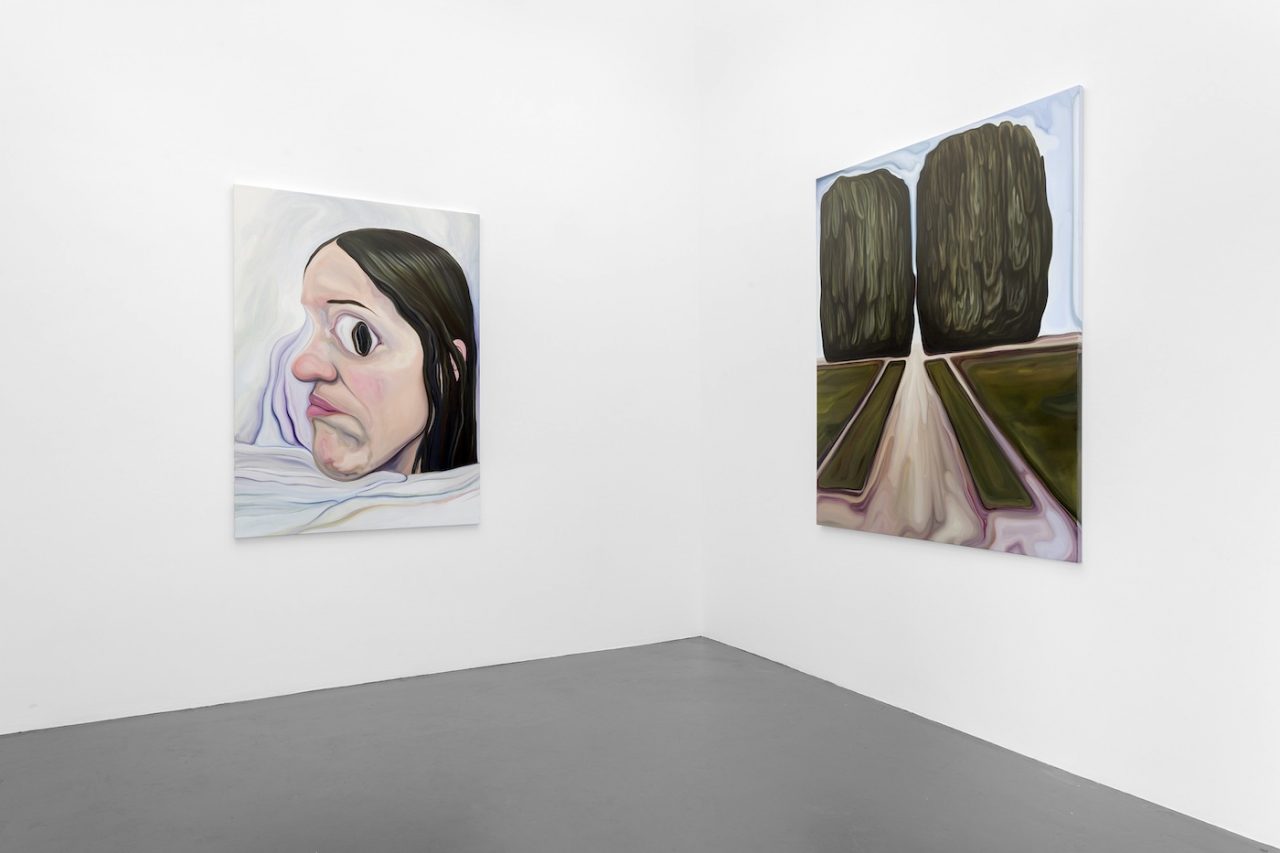
EP & AS: How do you approach communication through social media? Do you believe it is an effective media for promotion and to reach new audiences? Do you believe it allows independent spaces to approach a wider public?
EI: It is quite essential today. New generations only communicate with social media and what is interesting is that the older one is even coming to it. I think that what is also really great is that you can discover the work of an artist or of a space in the other side of the world without leaving your couch. It is definitely more economic! Ideally it allows independent spaces to approach a wider public but I noticed that the bigger you are the more coverage and the more your name comes out in people’s feeds. So theoretically yes, people can access your account, follow and like what you do but a gallery like for example Gagosian with 160,137 likes on Facebook and 750 000 followers on Instagram or even tinier ones will always take more space on social media. Suggestions to “like” tiny independent spaces are less present.

EP & AS: What are Island’s plans for the near future?
EI: So many plans! Well we will launch Island’s club, we plan to launch a book in the occasion of our five years, there’s a project of publication, collaborations with the different spaces I told you about and more that are still in negotiation. Some artists editions are on the making. Another great collaboration that we are discussing is with Jeunesse et Art Plastique who are doing a fantastic job, their conferences are really interesting.
And of course great shows are coming up, I’m really excited about them. Among others, we are showing a group exhibition with artists Marie Braun, Steve Dehoux, Damien De Lepeleire, Leo Gabin, Lisa Egio & Elliot Kervyn, Ante Timmermans in January. In March, we are showing some films by Joachim Olender, in April there will be a solo show of Gaëlle Leenhardt, and in June a solo of Louise Boghossian’s work.
– Emmanulle Indekeu interviewed by Enrico Piras & Alessandro Sau (Montecristo Project) in collaboration with A.R.M., December 2017

